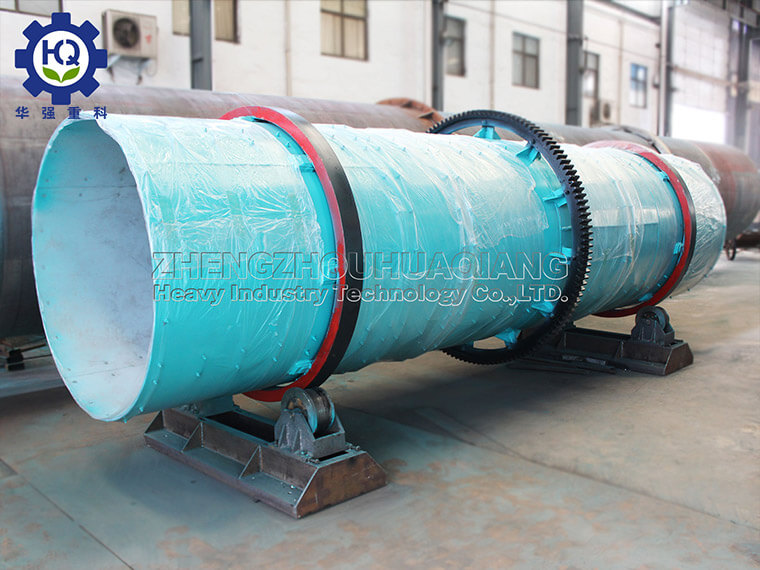In the production of organic fertilizers, granulation is the core process that determines the appearance, storage, and application effectiveness of the product. Through granulation technology, powdered organic fertilizer can be converted into uniform particles, reducing dust and improving fertilizer efficiency and slow-release properties. The following is a typical organic fertilizer granulation process and key equipment analysis.
1、 Preparation before granulation
Raw material pretreatment
Fermentation and maturation: Organic matter (livestock manure, straw, etc.) needs to undergo 15-30 days of aerobic fermentation to ensure complete maturation (moisture ≤ 30%, C/N ratio 20-30:1).
Crushing and screening: The raw materials are crushed to 3-5mm using a semi wet material crusher to remove impurities.
Mixing of ingredients
Adding auxiliary materials (such as humic acid and microbial agents) to improve fertilizer efficiency, the dual axis mixer ensures a mixing uniformity of ≥ 95%.
2、 Core process of granulation technology
Adhesive addition (optional)
For loose materials such as pure manure, 10% -15% bentonite or lignosulfonate can be added as binders.
Selection of granulation equipment
Disc granulator (suitable for small and medium-sized production capacity)
Principle: The tilted disk rotates, and the material rolls and bonds into particles under centrifugal force.
Parameters: Adjustable diameter of 2-8mm, production capacity of 1-5 tons/hour, power consumption of 15-20kW • h/ton.
Drum granulator (suitable for large-scale production)
Principle: The materials in the drum form particles through spray adhesive liquid (such as molasses).
Parameters: Capacity of 10-20 tons/hour, particle strength ≥ 15N.
Roll squeezing granulator (low-energy solution)
Principle: High pressure forced molding, no need for drying, suitable for high fiber materials such as mushroom residue.
Key control points for wet granulation
Moisture regulation: During granulation, the moisture content of the material should be controlled at 25% -35%. If it is too high, it is prone to adhesion, and if it is too low, the molding rate will decrease.
Particle size control: Adjust the inclination angle of the disc (35 ° -55 °) or the drum speed (20-40rpm) to change the particle size.
3、 Post processing procedure
dry
Using a drum dryer (hot air temperature 80-120 ℃), the moisture content of the particles is reduced from 30% to ≤ 15% to avoid mold growth.
cooling
Vibration cooling machine or counter current cooling tower can quickly cool down to room temperature and improve particle hardness.
screening
Classification of double-layer vibrating screen:
Upper sieve (4-6mm): Qualified particles enter the packaging section.
Intermediate sieve (2-4mm): Return the material and re pelletize it.
Lower sieve (<2mm): Grind and reuse.
Capsule (optional)
Spray anti caking agents (such as mineral oil) or slow-release film materials to extend fertilizer efficiency.
4、 Process optimization direction
Energy saving design
Waste heat recovery system: utilizing dried exhaust gas to preheat fresh air, reducing energy consumption by 20% -30%.
Automated control
Online moisture detector+PLC linkage, real-time adjustment of drying temperature and granulation parameters.
Special process of biological fertilizer
Low temperature drying (≤ 45 ℃) or fluidized bed drying to protect the activity of functional microorganisms.
The granulation process of organic fertilizer requires flexible selection of equipment and parameters based on the characteristics of the raw materials. Disc granulation is suitable for small-scale diversified production, drum granulation is suitable for standardized large-scale output, and extrusion granulation is known for its low energy consumption. By optimizing moisture control, particle size grading, and drying and cooling processes, the particle forming rate (≥ 90%) and product competitiveness can be significantly improved. In the future, granulation systems combined with intelligent control will become a key focus of industry upgrading.